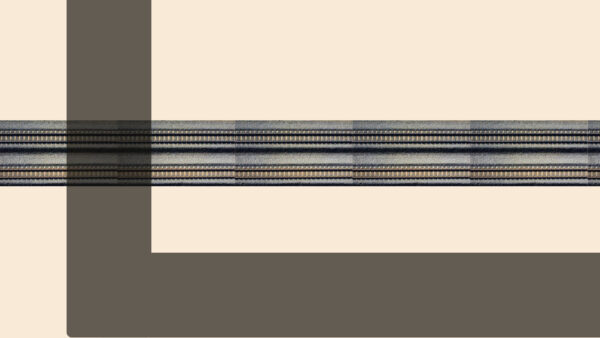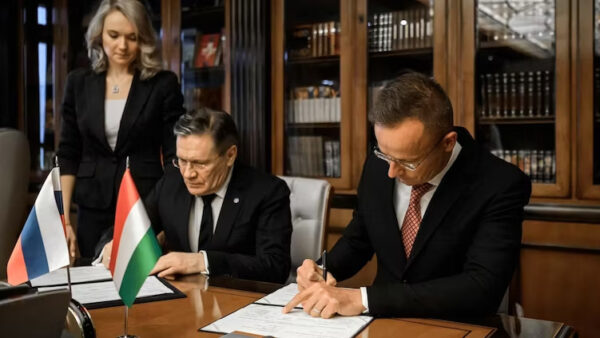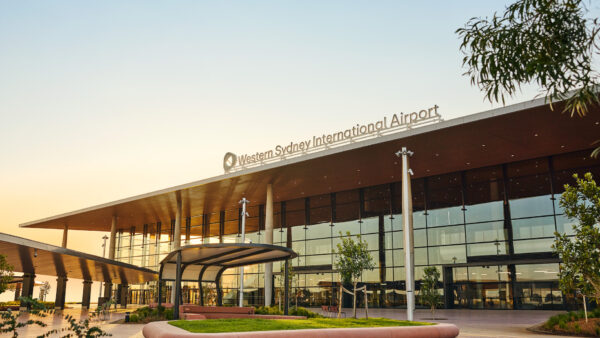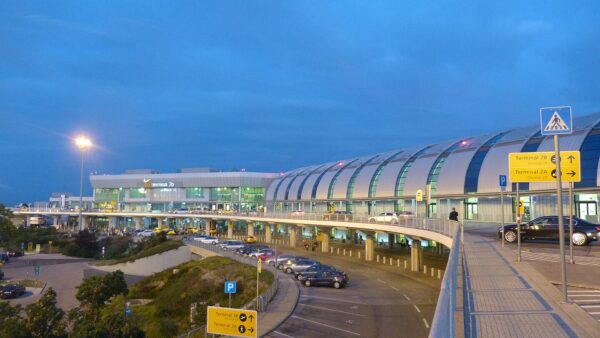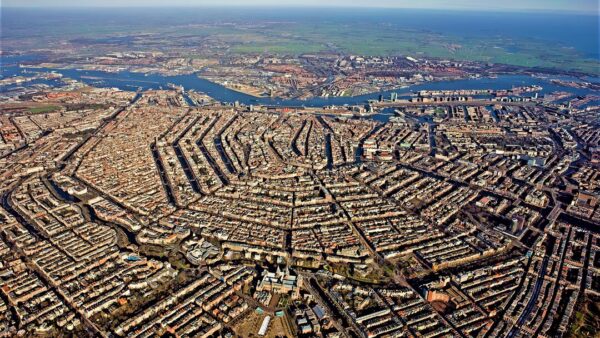Three consortiums from four countries remain in the race to build a strategic road bridge between the Croatian mainland and the Peljesac peninsula.
The bridge will allow drivers to get from Split to Dubrovnik without entering Bosnia. The teams competing to build it are led by Strabag of Austria, the China Road and Bridge Corporation (CRBC) and a joint venture between Astaldi of Italy and IC Ictas of Turkey.
According to Croatian website N1, the lowest bid was made by CRBC, which offered to build it for 2.6bn kuna, or $410m, including VAT. Astaldi and IC Ictas put in a price of $510m and Strabag offered $520m.
All bids were above the original cost estimate of Croatian roads agency Hrvatske Ceste, which had priced the construction cost for the 2.4km bridge and its access roads at $290m.
The total budget for the project is $625m, of which the EU is to contribute $435m from its Cohesion Fund. As well as the bridge itself, the work includes the construction of tunnels and viaducts, as well as an 8km bypass near the town of Ston and upgrading works on existing roads.
CRBC is a subsidiary of the large state-owned China Communications Construction Company, and its consortium includes a number of its sister companies, including CCCC Highway Consultants, CCCC Second Highway Engineering and CCCC Second Harbour Engineering.

The bridge was necessitated by the geographical peculiarities of the Balkans (Creative Commons)
The field has narrowed since January, when eight companies entered their technical solutions to prequalify for the four-lane, cable-stayed project. Among the companies that have dropped out are Bouygues and Eiffage from France, Aktor from Greece, Obrascón Huarte Lain from Spain, Cimolai from Italy, Daewoo from Korea, and another Chinese consortium led by the Sichuan Bridges Corporation. Four other companies failed to meet the technical criteria.
The bridge, which has been declared a project of exceptional strategic importance for Croatia, attracted objections from Bosnia Herzegovina, which was concerned that it would restrict the size of ship entering Neum, its only seaport. World Highways reports that the deck of the bridge was raised from 35m to 55m and the stanchions placed at least 200m apart.
The bridge was first proposed in 1997, and tenders were prepared in 2007, from which Strabag is the only survivor in the present round.
When complete in 2022, it will connect Split and Dubrovnik, and “greatly benefit tourism, trade and reinforce the territorial cohesion of the South Dalmatia region”, according to the European Commission.
The bridge will cross the Mali Ston Bay to the Peljesac peninsula. Vehicles heading north from the Croatian mainland to the area must currently pass through a corridor of Bosnian territory before reaching the base of the peninsula in Dubrovnik county.
Top image: The concept design for the southern Dalmatia bridge (Hrvatske Ceste)
Further Reading


